Acer saccharinum (silver maple) Go Botany
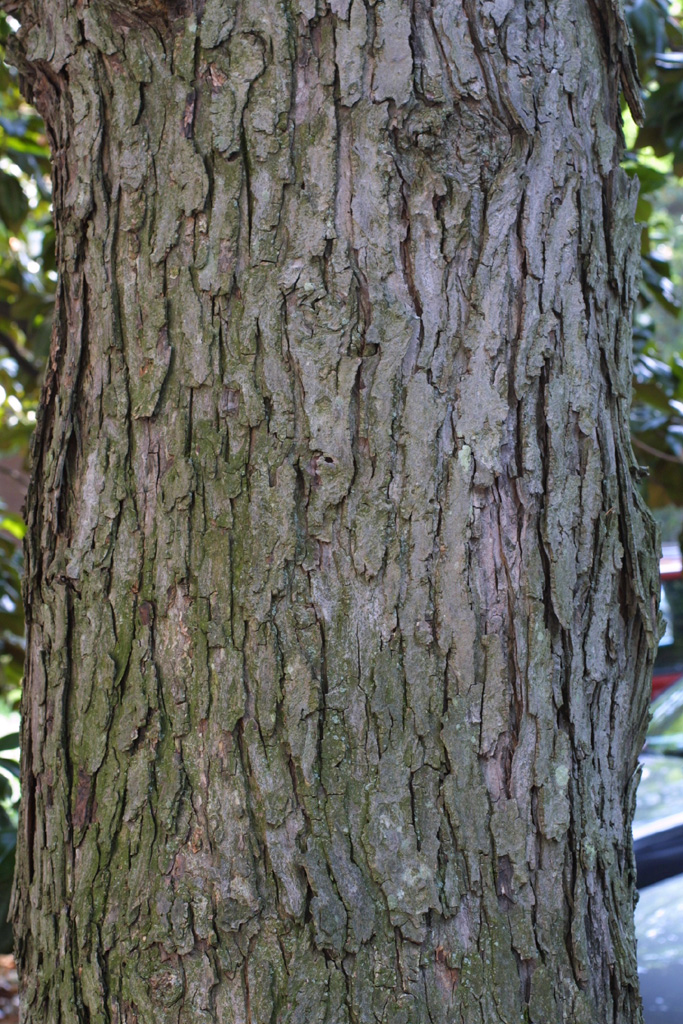
Acer saccharinum (Aceraceae) bark of a large tree
Near waterways, beavers often eat silver maple bark and use their limbs for building beaver dams and lodges. How to Grow Silver Maple Trees. Hardy in zones 3-9, silver maple tree growth is about 2 feet (0.5 m.) or more per year. Their vase-shaped growth habit can top out at anywhere from 50 to 80 feet (15 to 24.5 m.) tall depending on location.
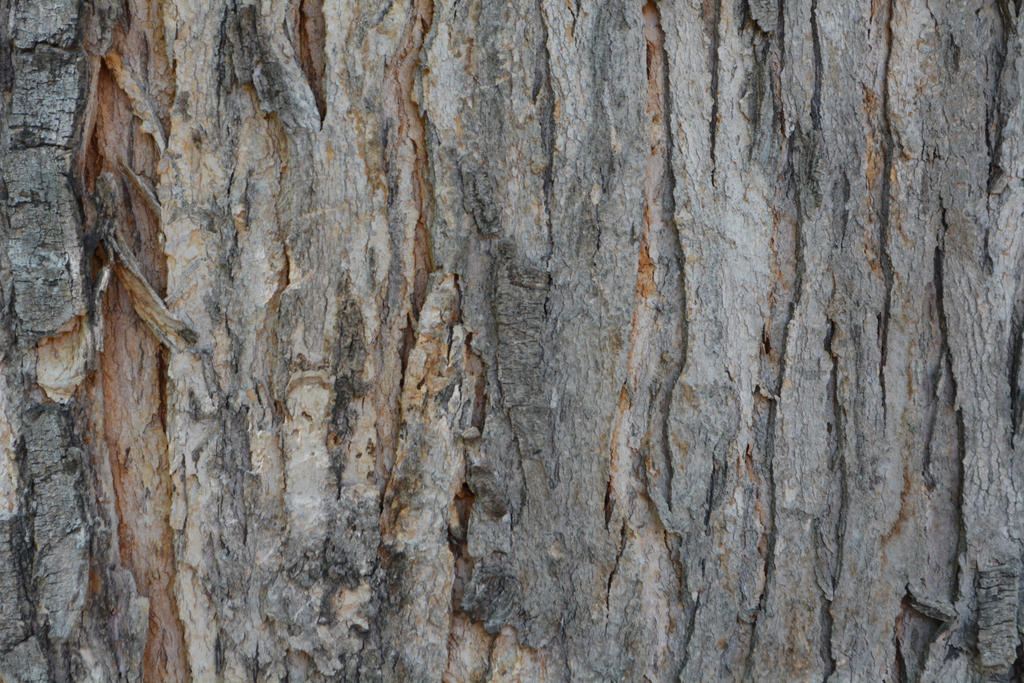
Silver maple bark by Stygma on DeviantArt
- Silver Maple: Young silver maples have smooth, gray bark that becomes rougher and furrowed with age. The bark often develops long, vertical furrows and ridges. It can have a scaly appearance and may peel in thin flakes. - Sugar Maple: The bark of a sugar maple is typically grayish-brown and develops shallow, narrow furrows as the tree ages.

VAL01 Silver Maple (Acer saccharinum) Watershed TreeCaching
Silver maple bark is often thin and peeling. Photo by Pablo Alberto Salguero Quiles. Silver maple trees grow to be 60-120 ft. tall and can live for 130 years or longer. They generally have short, thick trunks with spreading, irregular crowns of branches.. Silver maple seeds are primarily dispersed through wind, occasionally moving through.
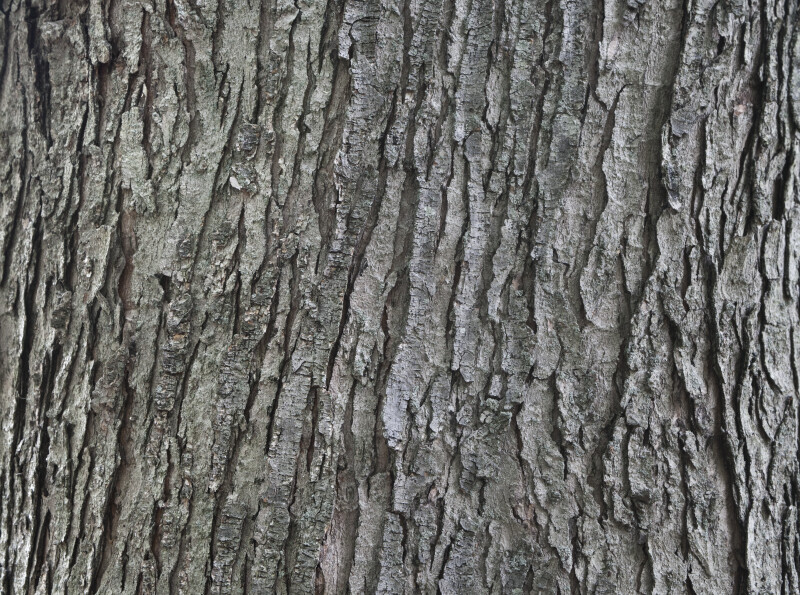
Silver Maple Bark ClipPix ETC Educational Photos for Students and Teachers
The silver maple (Acer saccharinum) is sometimes called the white maple, soft maple, silver-leaf maple, river maple,. Silver maples can be identified by their bark as it is fairly distinct. Older trees will have a grayish bark that will flake off to reveal brown spots. Also, broken twigs will have an unpleasant odor to them.

Acer saccharinum (silver maple) Go Botany
Here are 9 reasons why silver maples can often be a nuisance: Since it is fast-growing, the wood is softer and more brittle than that of a slow-growing hardwood tree. The tree is easily damaged on windy days and does not fare well in heavy snow or when coated in ice by freezing rain. Downed branches are common and a regular chore to dispose of.
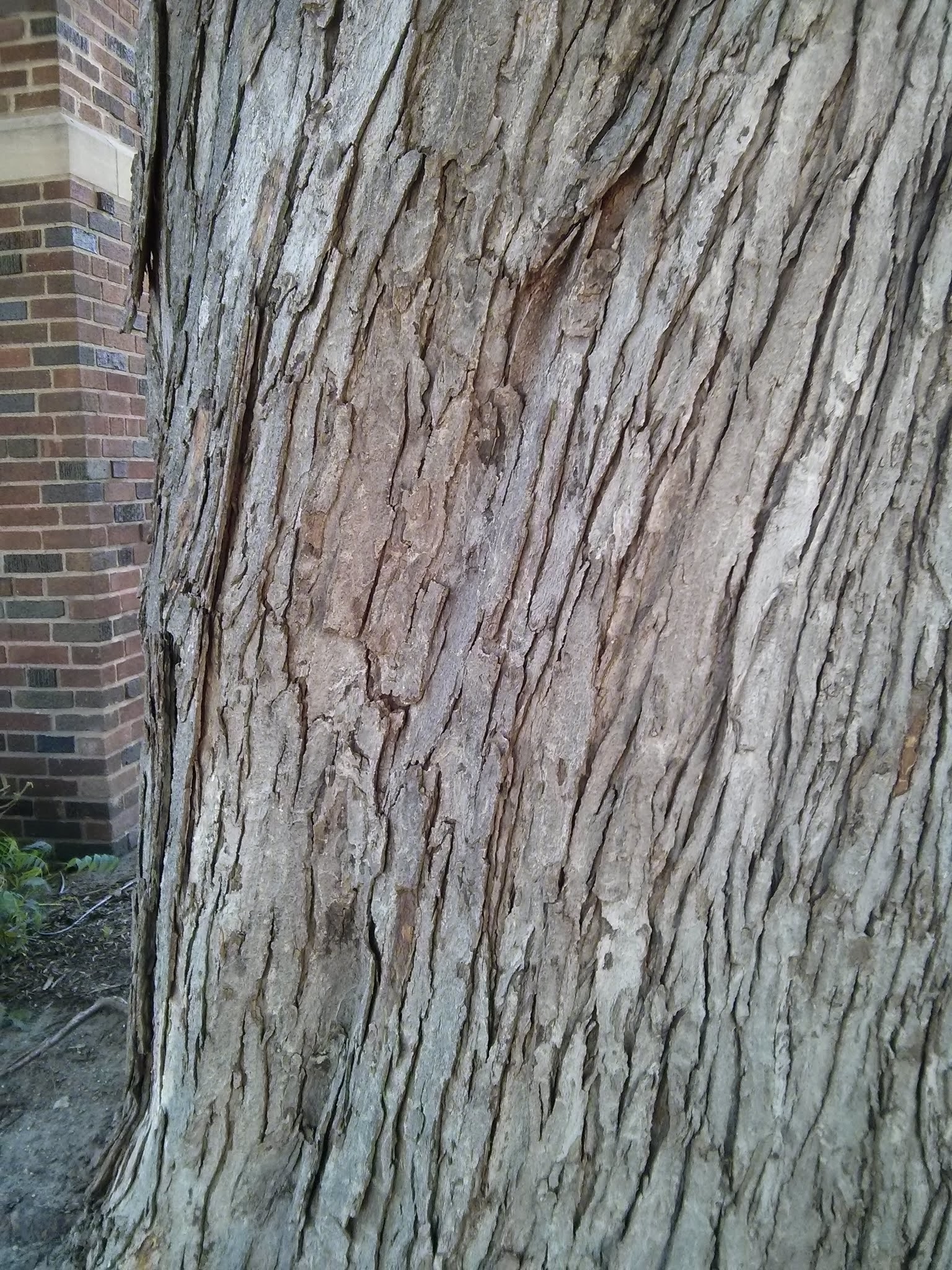
SILVER MAPLE ACER SACCHARINUM The UFOR Nursery & Lab
Width: 35 to 70 ft Common characteristics: Silver maple forms a broad, rounded crown. The bark of young branches will be smooth and varying in color from reddish to yellow-gray. On older branches, bark will appear dark gray and broken into long flakes or scales. Leaves are simple and grow oppositely on the stem.

Tree Identification Acer saccharinum Silver Maple
Common names: silver maple, swamp maple, water maple, silverleaf maple, white maple, soft maple All pictures (6) Share Overview More Information Care Knowledge Find on the Map Photo Gallery (6) Acer saccharinum (Silver Maple), leaf, spring; © Edward A Hedborn, Jr Acer saccharinum (Silver Maple), habit, summer; © Edward A Hedborn, Jr

Silver maple has bark falling off around base. Is it dying? More info in comments. sfwtrees
1. Burr Knots and Galls Both burr knots and galls look like strange, sickly-looking lumps on tree trunks or branches… but there's a bit more to them than that. Burr knots actually form from small adventitious roots or bud tissues that don't quite form shoots, and tend to grow in warm, humid conditions.
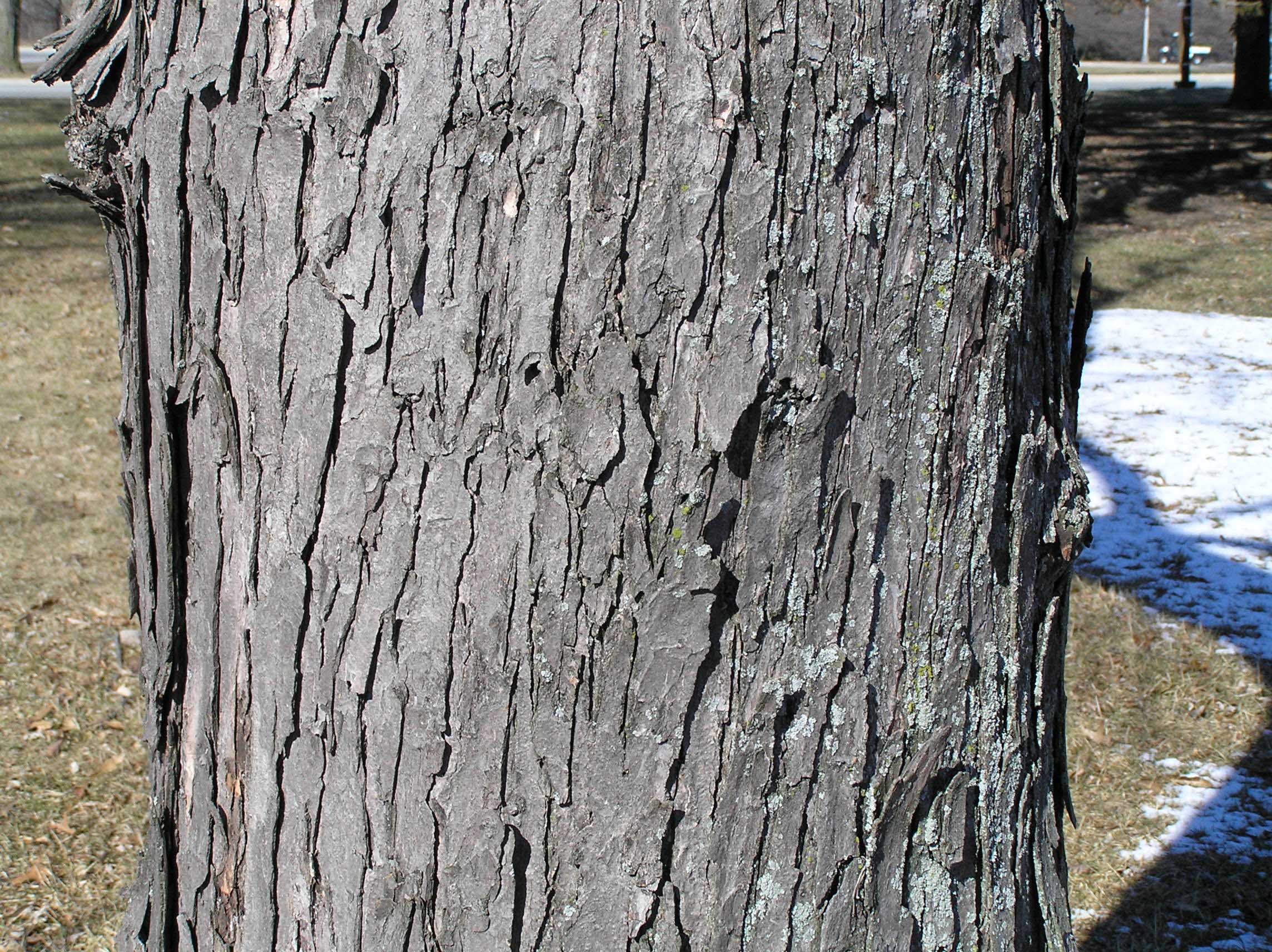
Silver Maple Purdue Fort Wayne
The Silviculture and Management Bark of the silver maple. Alberto Salguero/Wikimedia Commons/CC BY-SA 3.0 "Silver Maple will grow in areas which have standing water for several weeks at a.

Silver maple bark close up February 2019 YouTube
The bark of a silver maple (Acer saccharinum) is characterized by its unique appearance and texture. In the early stages of growth, the bark is relatively smooth and gray, with shallow furrows or ridges. However, as the tree matures, the bark becomes rougher and develops deep furrows and vertical grooves.
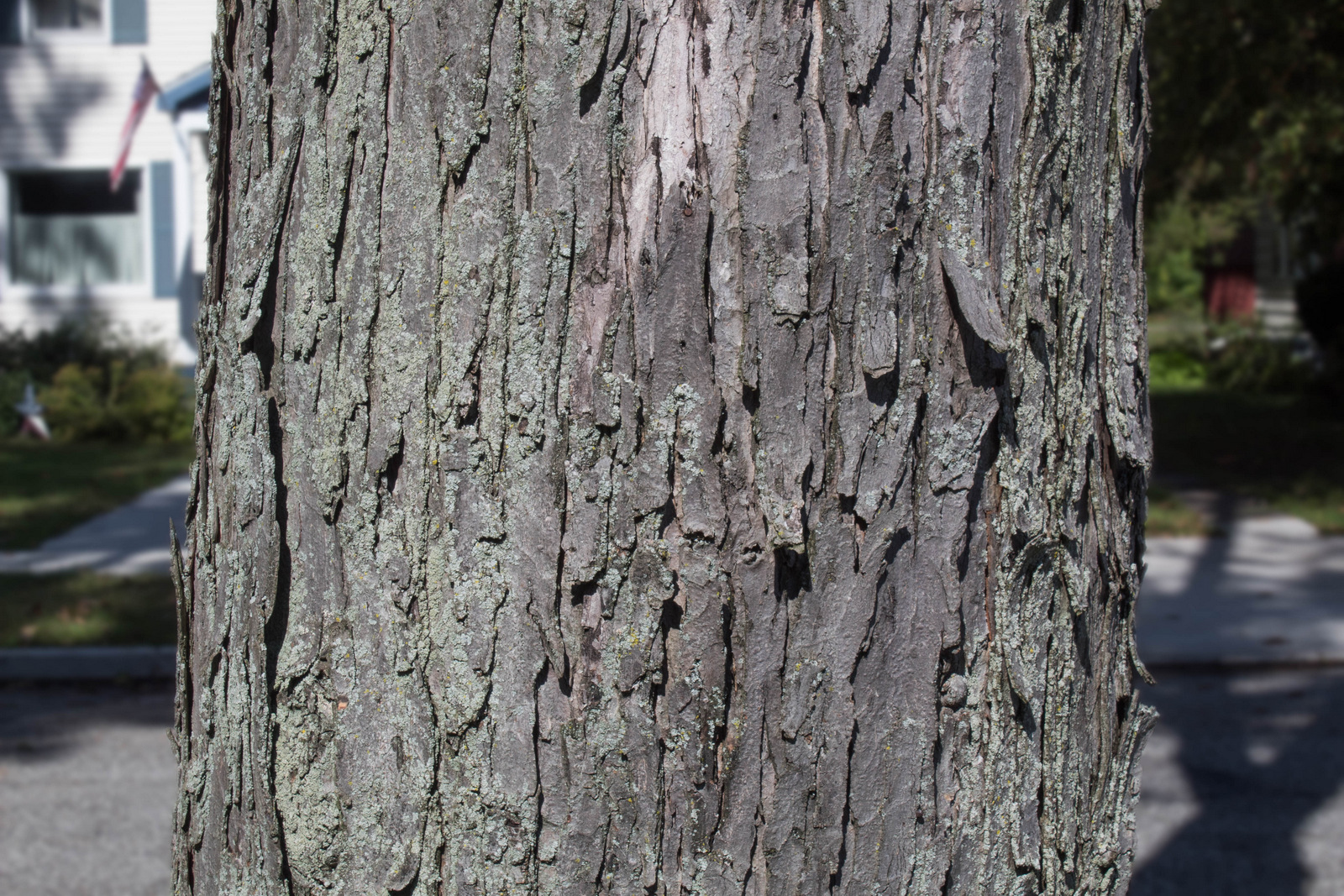
Acer saccharinum
Getty Unless your silver maple (Acer saccharinum) is young or recently injured, don't be worried about its peeling bark. Mature silver maples naturally shed their bark, a process many people find attractive. While shedding is a natural process for a healthy silver maple, injuries can cause splitting and premature peeling of bark.
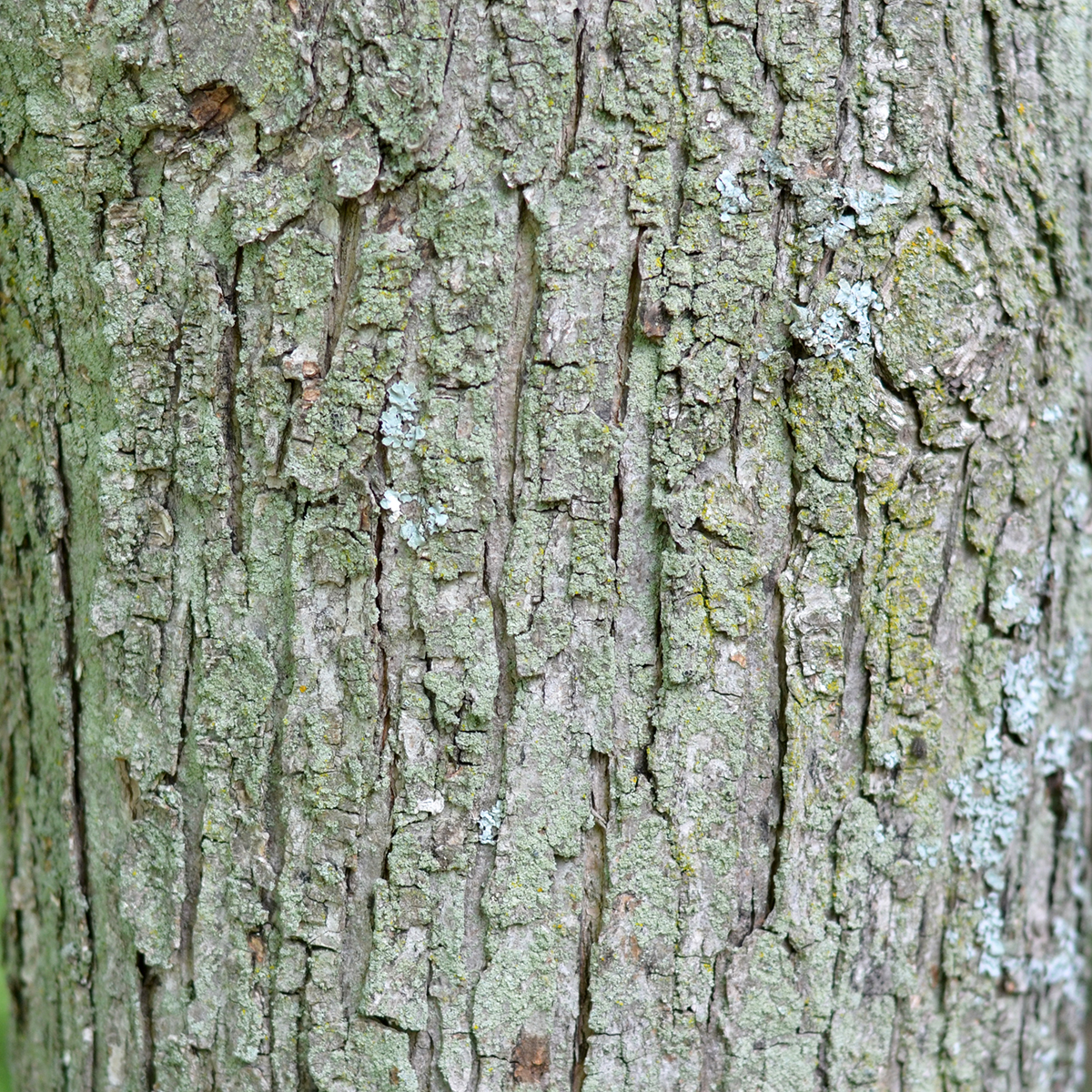
Silver maple ontario.ca
Silver maple is a large shade tree in the Sapindaceae (soapberry) family. It gets its common name from the silvery undersides of its leaves. It is native to eastern North America and is often found in flood plains, along streams or rivers, or low-lying woodlands.

What causes a silver maple tree's bark to peel?
By Jessica Nolan, Gardening Expert Trees Maple trees are beautiful deciduous shade trees with leafy foliage. Maple trees have dark brown furrowed bark, small, winged fruits, and narrow reddish-brown twigs. Maple trees commonly have green lobed leaves that change their color to red, yellow, orange, and dark burgundy in the fall.
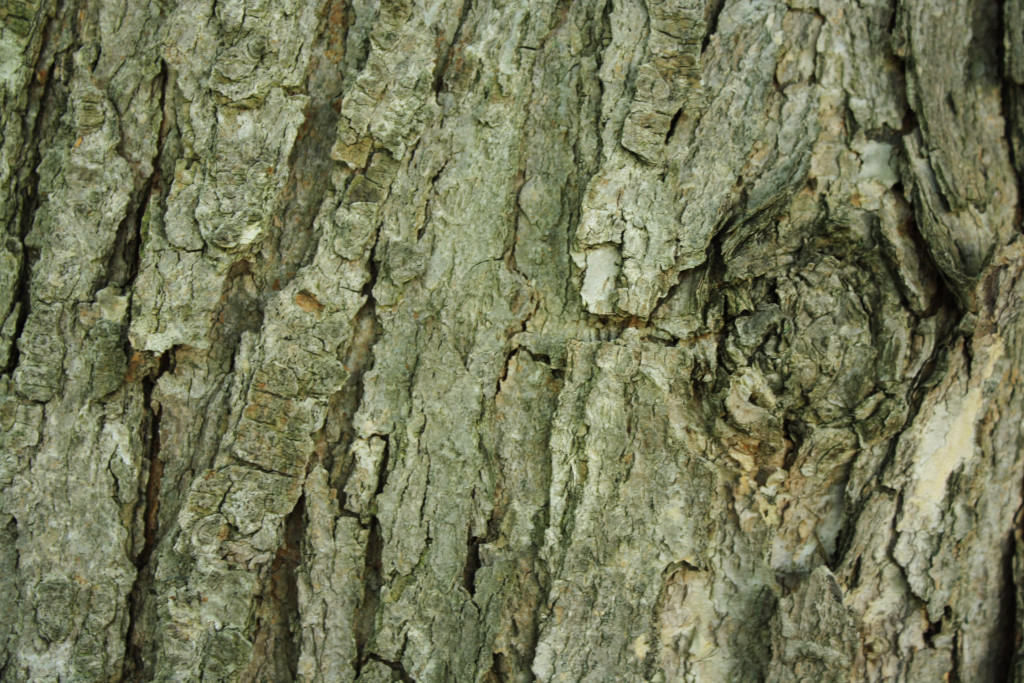
Silver Maple bark 2 — Ontario Native Plant Nursery Container Grown (705)4666290
Both these trees are wild. So, I created this guide to help you identify the most common Maple Trees in North America. I will include comparisons of the leaves and bark for most major Maple species native to Eastern North America, as well as a couple non-native species that are either invasive or frequently encountered.
Red Maple bark falling off 291472 Ask Extension
Description Bark The silver maple tree is a relatively fast-growing deciduous tree, commonly reaching a height of 15-25 m (49-82 ft), exceptionally 35 m (115 ft). Its spread will generally be 11-15 m (36-49 ft) wide. A 10-year-old sapling will stand about 8 m (26 ft) tall.

12.17.11 silver maple bark romana klee Flickr
The silver maple is a shade tree known for its fast growth, attractive foliage, and the production of samaras, otherwise known as "helicopters" that easily distribute silver maple seeds. Silver maple grows best in cooler regions with four seasons that have a range of moderate temperatures and produce a good amount of moisture during wet summers.